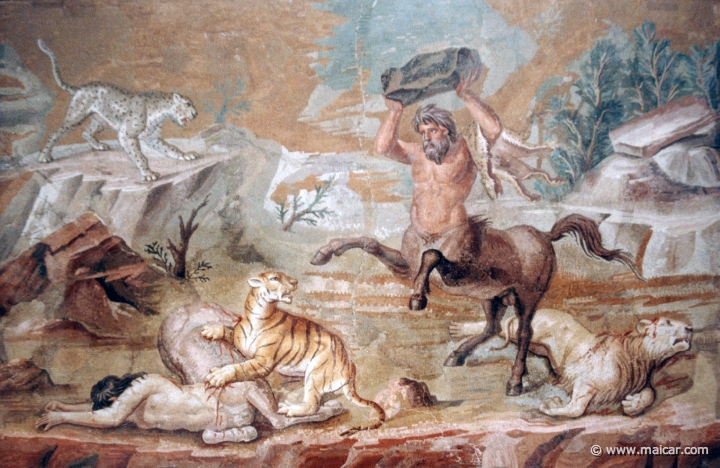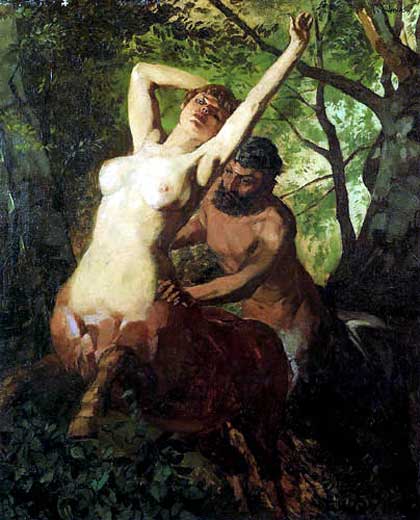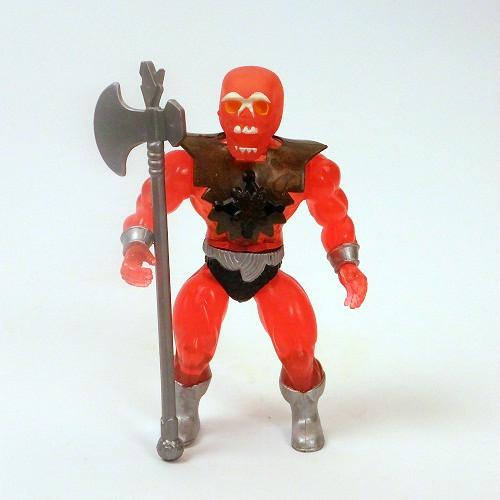Warlord (vol. 2) #1 (January 1992)
Written by Mike Grell; Art by Dameon Willich and Rick Hoberg
Synopsis: A lone minstrel makes his way on horseback across the dangerous wilderness of Skartaris to the Terminator and the dangerous “civilization” of an outpost named Hazrak. He takes a gig in a tavern, but finds it ill-suited to songs of love. Finally, he hits on the ballad of the Warlord and that gets the room to pay attention.
After the performance, he’s approached by a grizzled veteran who tells him he’s a fool for believing that heroic nonsense—just like the man he’s singing about. The minstrel chides the old man for defaming a hero.
The man agrees the Warlord is a legend, and that he could have been a hero.
The Warlord had been a great warrior, and inspired men on the battlefield. He also inspired with his words:
But in the end:
The veteran recounts the Warlord’s origin: how he came from another world, one the heart of a warrior queen, rose from slavery in the gladiatorial arena to lead a revolution across Skartaris. That was when the veteran (who had been a scholar-slave for a Theran noble) came to meet him. The Warlord told the scholar a little about his home world, but also revealed what he knew of Skartaris’s Atlantean past.
The minstrel is skeptical about all of this. The old scholar turned veteran issues a challenge:
Things to Notice:
- Grell provides the cover.
- None of the Warlord regular cast appear in this issue except in flashback.
Where It Comes From:
From the outset, it's clear that Grell is looking to chart a different course in this limited series than the writers that followed him on the original title. He returns to the theme of the flaws--the fundamental tragedy--of Travis Morgan's character and amplifies it.
This series serves to balance the view Morgan's perspective on his life as somewhat illustrated in the appearance in Green Arrow. There he's Peter Pan. Here we see the how the adult world reacts to him.
In presenting Skartaris to us, Grell shows a unicorn being eaten by a carnosaur. Like I mentioned way back in my commentary to volume 1 issue #12, the unicorn again seems to represent the beauty and fantastic nature of Skartaris.
From the outset, it's clear that Grell is looking to chart a different course in this limited series than the writers that followed him on the original title. He returns to the theme of the flaws--the fundamental tragedy--of Travis Morgan's character and amplifies it.
This series serves to balance the view Morgan's perspective on his life as somewhat illustrated in the appearance in Green Arrow. There he's Peter Pan. Here we see the how the adult world reacts to him.
In presenting Skartaris to us, Grell shows a unicorn being eaten by a carnosaur. Like I mentioned way back in my commentary to volume 1 issue #12, the unicorn again seems to represent the beauty and fantastic nature of Skartaris.
























